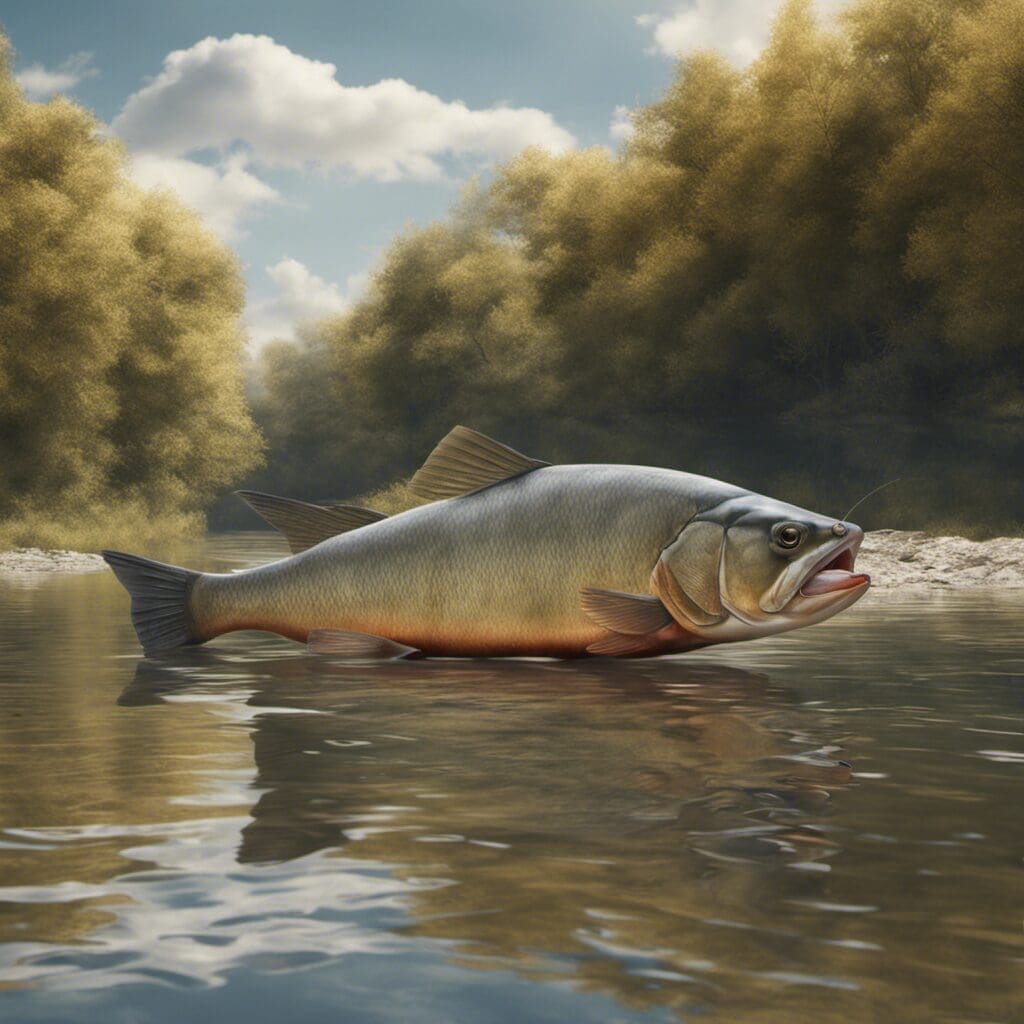Introduction
Species Name, Family Name
The River Redhorse (Moxostoma carinatum) is a freshwater species belonging to the family Catostomidae, commonly known as the sucker family.
Conservation Status
Current status, Conservation efforts
As per the U.S. Fish and Wildlife Service, the River Redhorse isn’t presently classified under any specific threat category. However, water pollution and habitat degradation pose substantial threats to the species.
Statistics
Length (Average, Range), Weight (Average, Range), Average Lifespan, Other stats
| Average | Range | |
|---|---|---|
| Length | 20 inches | 15 to 28 inches |
| Weight | 4 pounds | 2 to 7 pounds |
The average lifespan of a River Redhorse is 15-20 years.
Distribution
Regions/Countries, Migration patterns
River Redhorses are native to freshwater eco-regions in North America. They’re commonly found in the Mississippi River Basin, the Ohio River Basin, and the St. Lawrence River.
Habitats
Water type, Depth range, Temperature range
The River Redhorse typically inhabits rocky and sandy river bottoms in clear to moderately turbid water bodies. It generally resides in medium to large river systems, and adults usually swim up small tributaries to spawn. Water temperatures can vary widely from 32°F in Winter to 95°F in Summer.
When and Where to See
Seasonal patterns, Time of day
River Redhorse typically spawn in late spring and early summer in shallow water. They’re more active during dusk and dawn.
Best Fishing Locations
Top 10-20 Places, General Tips
- Mississippi River, USA
- Ohio River, USA
- St. Lawrence River, Canada
- Allegheny River, USA
- Wabash River, USA
- French Broad River, USA
- Green River, USA
In general, the best way to find a River Redhorse is by fishing in medium to large rivers with a sandy or rocky bottom.
How to Catch
Preferred bait or lures, Fishing techniques, Best time of day or season for fishing
The River Redhorse can be caught using natural baits like worms, or artificial lures. Drifting the bait along the river bottom is a recommended technique. The prime fishing season is spring and early summer, especially around dawn and dusk.
Identification Guide
Physical characteristics, Comparison with similar species
The River Redhorse has a deep, slab-sided body with a reddish or bronze coloration. Distinguishing features include a rounded snout, large scales, and a deeply forked tail. Compared to other Redhorse species, the River Redhorse has molar-like teeth in its throat, unlike the sharp teeth of other species.
Culinary
How to Cook, Taste Profile, Nutritional Information, Recipes
River Redhorse is a firm and mild-tasting fish that can be cooked in a variety of ways, including grilling, frying, or steaming. Its nutritional profile includes high-quality protein and beneficial omega-3 fatty acids.
Additional Information
Behavior, Predators and Threats, Cultural/ Historical Significance
River Redhorse feeds primarily on mollusks, insects, and sometimes small fish. Humans and large fish-eating birds are known predators.
In terms of historical significance, Native Americans historically utilized the River Redhorse for sustenance.
References and Further Reading
Sources, Recommended readings
For further reading, the following sources are recommended:
- Iowa Department of Natural Resources
- U.S. Fish and Wildlife Service

